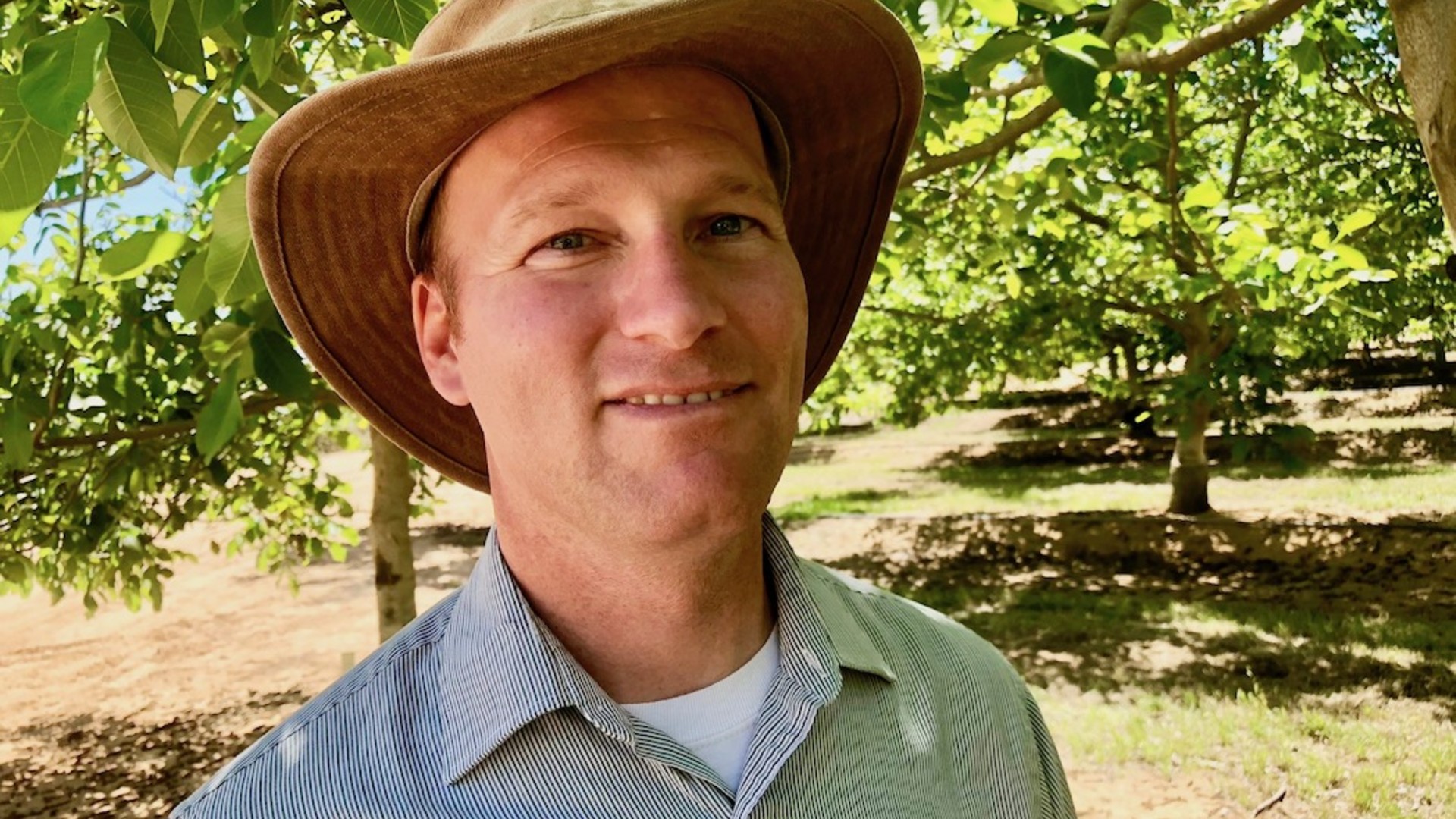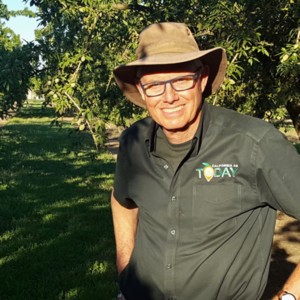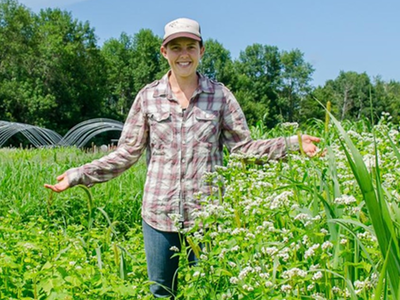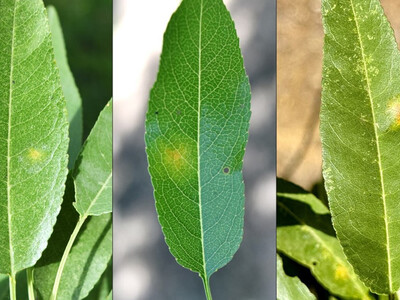Measuring Stem Water Potential in Tree Nuts
Almond Irrigation has certainly started and making sure when to irrigate is criticalDavid Doll worked for 10 years as a UC Farm Advisor in Merced County, and about a year and a half ago he relocated to an area in Portugal to help develop an Almond operation from the ground up. He is also the founder of the Almond Doctor website.
Doll still gives advice to growers. We asked him about the concept of stem water potential.
“Stem water potential readings should probably be taken on a weekly basis. This is taking a leaf that's in the lower canopy of the tree on the shady side and using pressure chamber or what they call pressure bomb to see how much pressure it takes to squeeze the water out of it,” said Doll.
“Now the thing with stem water potential is it's always a relationship to baseline. And baseline changes,” said Doll. “And for our given estimate for most farms in California, baseline is about one 10th of the temperature at midday. Or if it's 70 degrees outside, then the baseline is seven, 10% of that temperature.
“In that case, you wouldn't want to start irrigating until you have a higher value than baseline--somewhere between eight or nine bars,” he said
And that’s when you trigger an irrigation.
“And I should add that the caveat that we tend to measure stem water potential in negative numbers, but just go along with the fact, if it's says, if it's 70 degrees baseline seven and you're looking for eight to nine before you trigger that first irrigation,” Doll said.

















